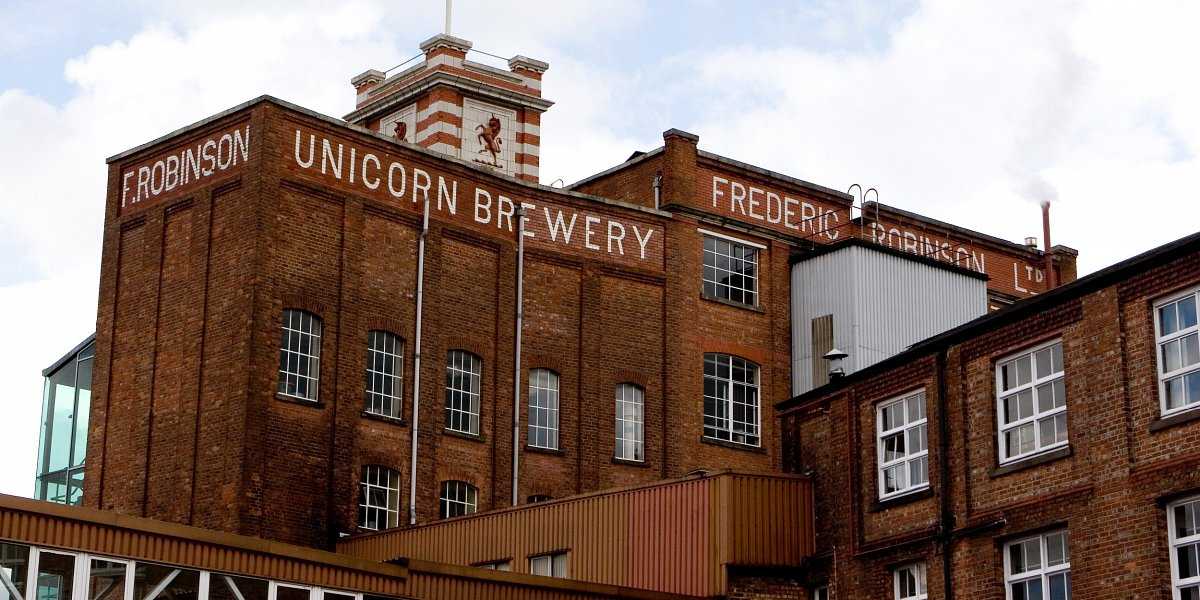#WorldHeritageDay
Today, April 18, is the International Day for Monuments and Sites – or, more catchily, World Heritage Day. UNESCO’s General Conference and the International Council for Monuments and Sites came together to establish the first World Heritage Day on April 18 1982, and it has been celebrated around the world every year since. In UNESCO’s words:
‘The aim of World Heritage Day is to encourage local communities and individuals throughout the world to consider the importance of cultural heritage to their lives, identities and communities, and to promote awareness of its diversity and vulnerability and the efforts required to protect and conserve it.'
We thought this was the perfect day to shine a light on some of our most architecturally and historically significant pubs. All the pubs below are Grade II listed, meaning they’ve been identified as being of national importance, and require special conservation protections to make sure we are able to maintain the building at the same time as run a great pub. We hope you enjoy this brief tour through some of Robinsons’ oldest and most-loved pubs!
The Black Horse, Preston
Friargate, Preston, PR1 2EJ
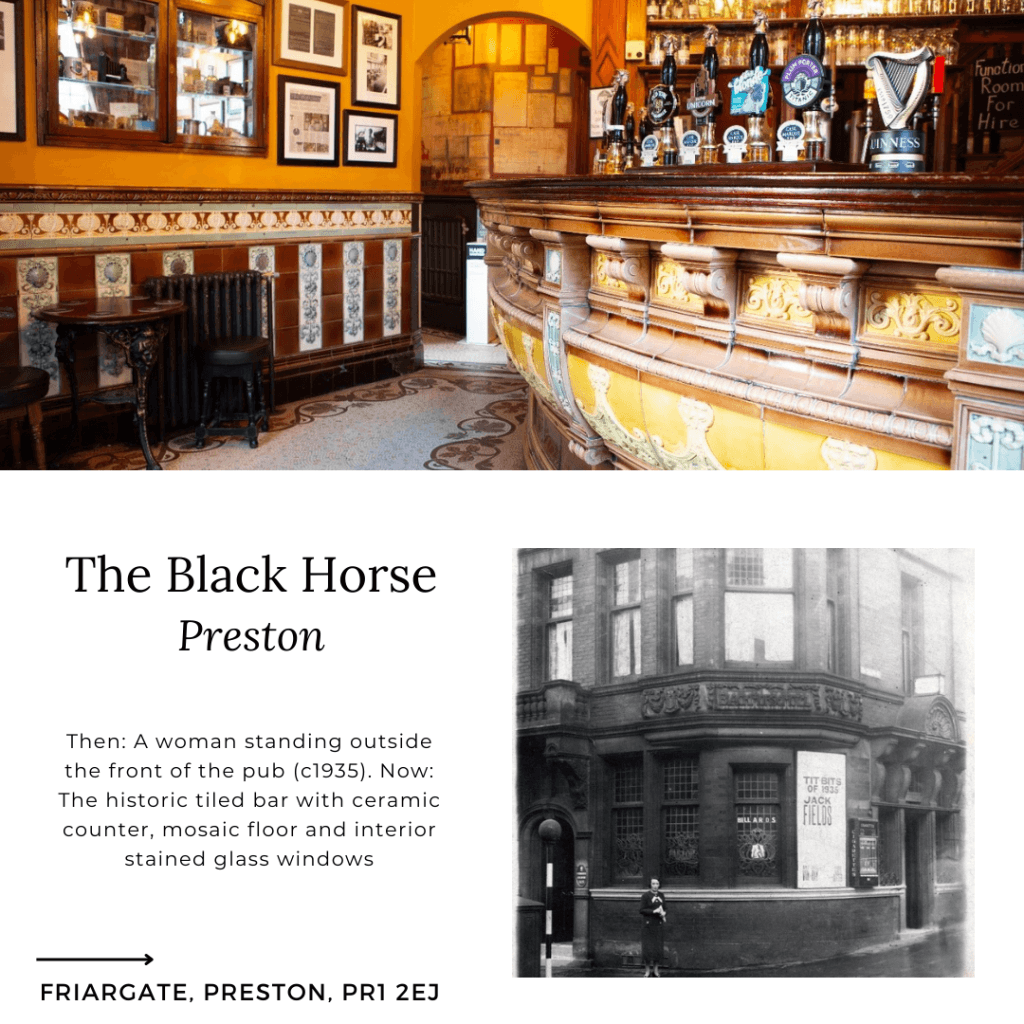
Built as a small hotel in 1898, the Black Horse is notable for its red brick exterior and largely intact public house interior, including a rare tiled bar with a ceramic counter and fireplace and mosaic floor. There has been a Black Horse pub on this site since the late 18th century, and when the current building was first designed it had a market room at the back for traders to meet. This room was subsequently repurposed as the U-shaped seating area you can see today, perfect for a cosy pint.
Bleeding Wolf, Scholar Green
121 Congleton Road North, Scholar Green, Stoke-on-Trent, Staffordshire, ST7 3BQ
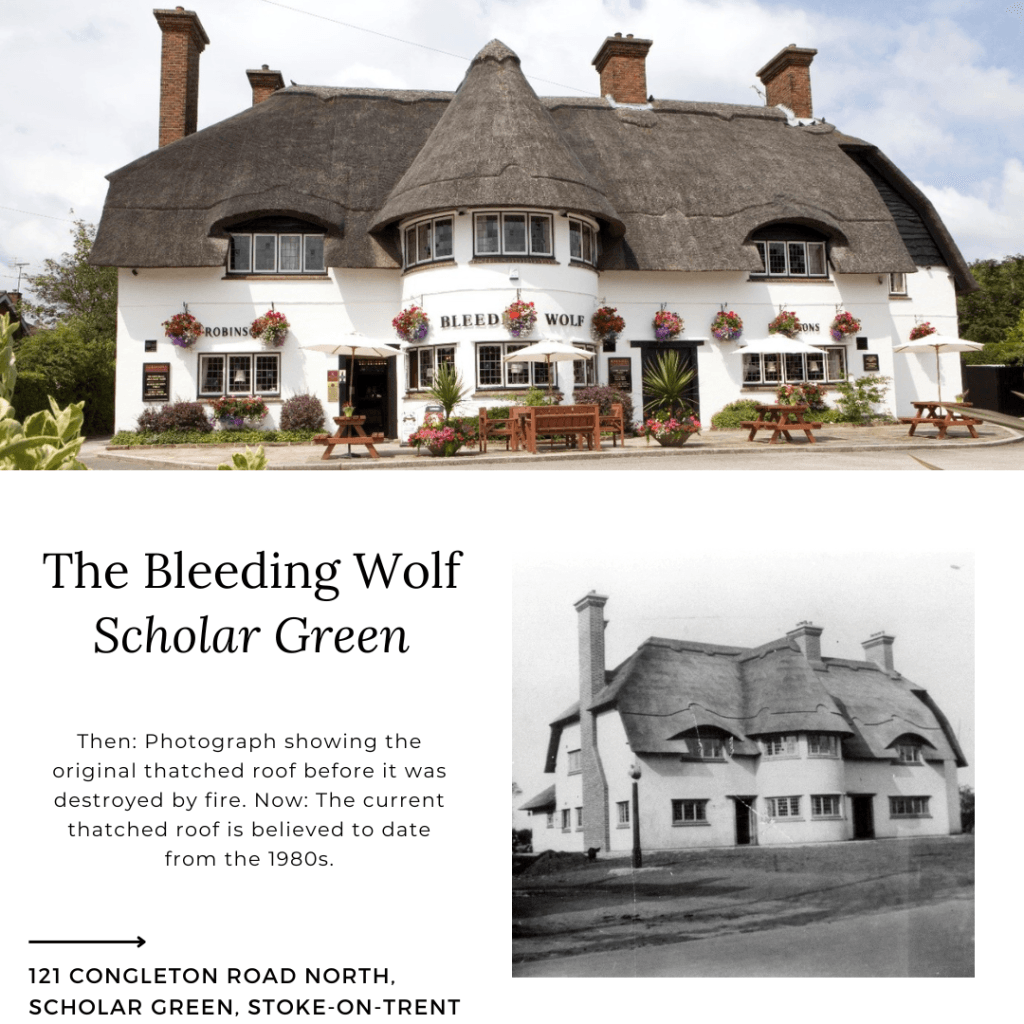
Built in 1936, the Bleeding Wolf was one of a number of ‘improved’ roadhouses designed for Robinsons in the interwar years. The pub was built on the former site of the Bleeding Wolf Inn, acquired by the brewery the year previously, and the new building was designed to accommodate the needs of the increased numbers of motorists who would be passing the pub with the extension of the A34 northwards. As well as including a much larger carpark, the new pub was designed in the ‘publican’s rustic’ style, which helped to give the new building a peaceful, rural feel through solid wood features and exposed stone and brick. Today, two of the pub’s standout features are its thatched roof and interior painted glass windows which show Robinsons bottles as well as the wolf which gives the pub its name.
Bulls Head, Ashford-in-the-Water
Church Street, Ashford-in-the-Water, DE45 1QB
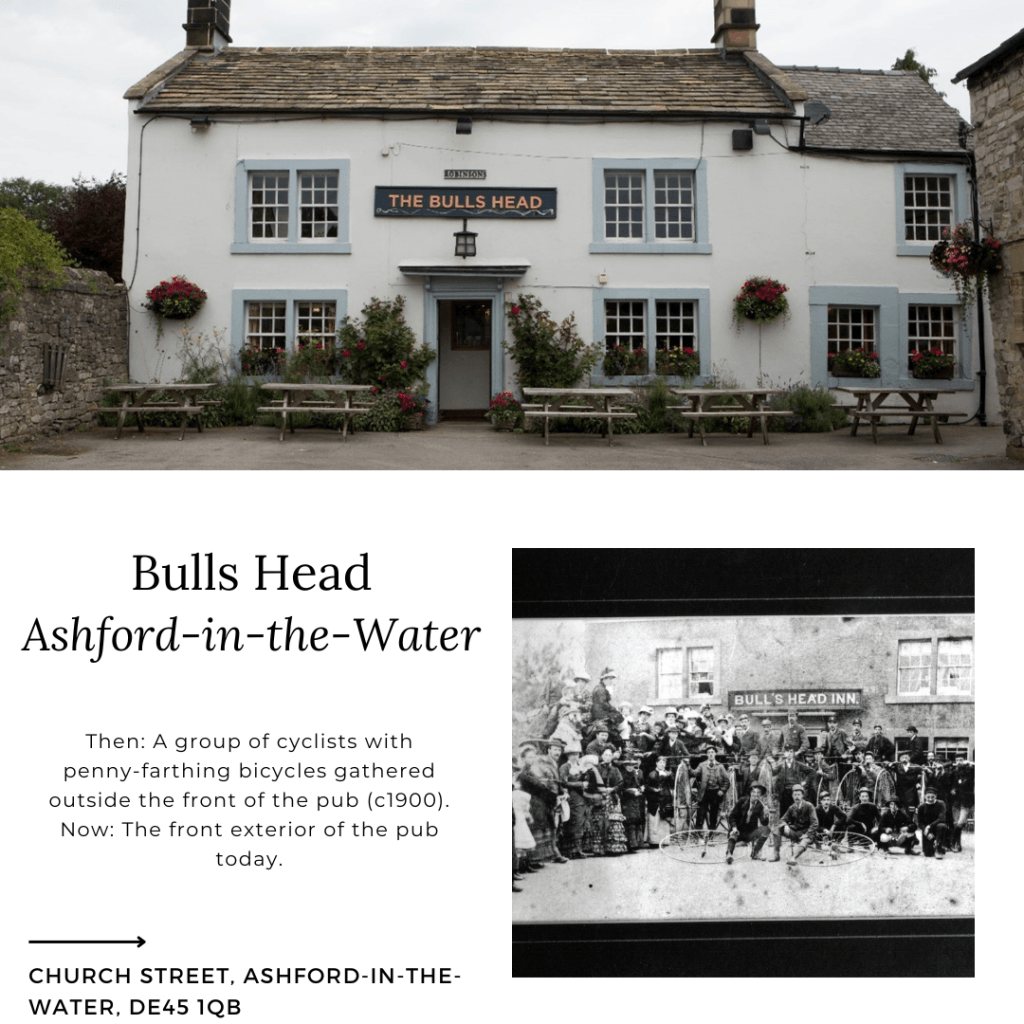
Nestled in the heart of the Peak District in the tranquil village of Ashford-in-the-Water, the Bulls Head was originally a coaching inn. With its white-fronted exterior with stone slate roof, wood panelled bar and exposed beams, and a leafy beer garden overlooking the other stone buildings of Ashton, this is the perfect period pub to grab some hearty pub grub and soak up the sun.
Fountaine Inn, Linton
Lauradale Lane, Linton-in-Craven, North Yorkshire, BD23 5HJ
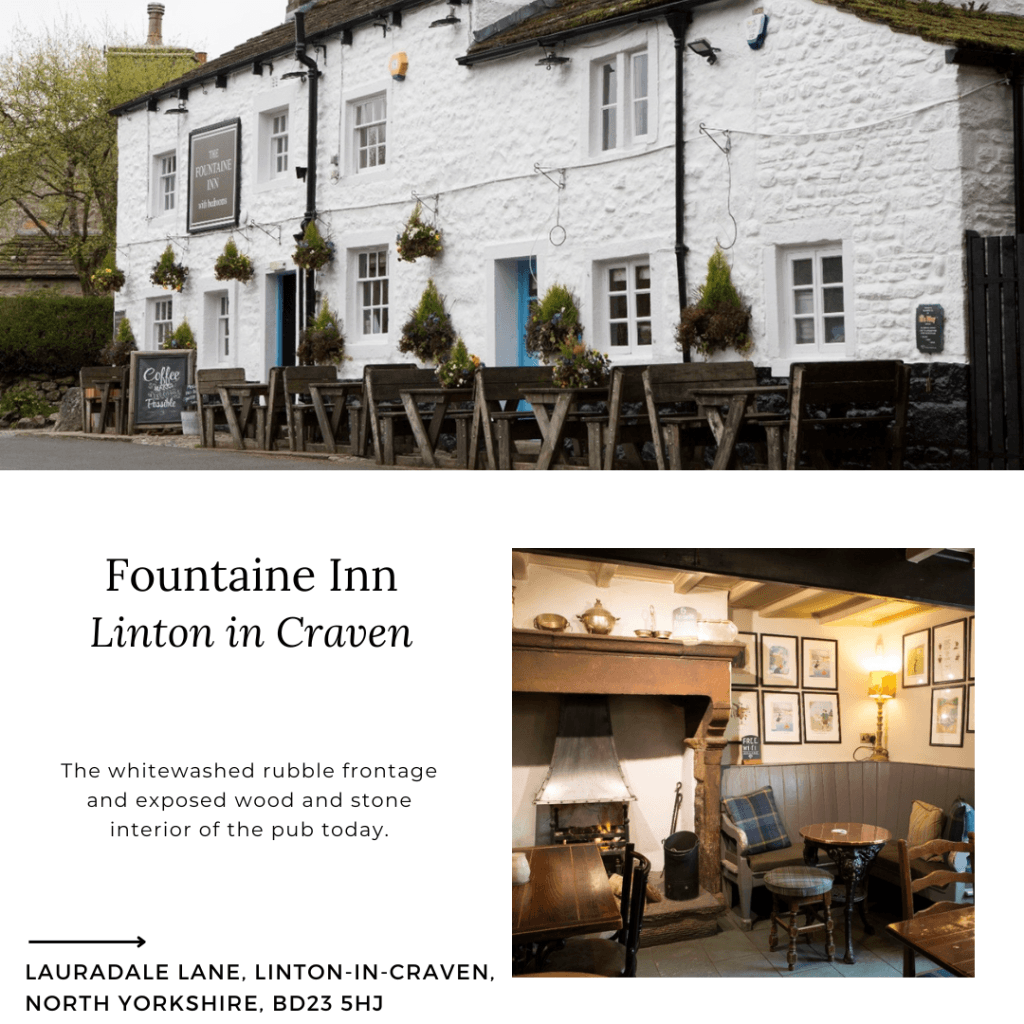
The Fountaine Inn is a building steeped in and surrounded by history. The building itself probably dates from the mid-18th century and with its whitewashed rubble exterior and stone slate roof the age of the building is clear from the offset. The name of the pub probably derives from the Fountaine family, a gentry family from North Yorkshire. The names of other buildings in the area, such as the Fountaine Hospital Almshouse commissioned by Richard Fountaine (born in Linton in 1639) also stem from this family name. The pub is also close by to two magnificent medieval abbeys, Fountains Abbey and Bolton Abbey, as well as Stump Cross Caverns, the Embasy and Bolton Abbey Railway and Grassington Folk Museum. A visit to this pub and the surrounding area is a must-do for history lovers!
Hawk Inn, Haslington
137 Crewe Road, Haslington, Crewe, CW1 5RG
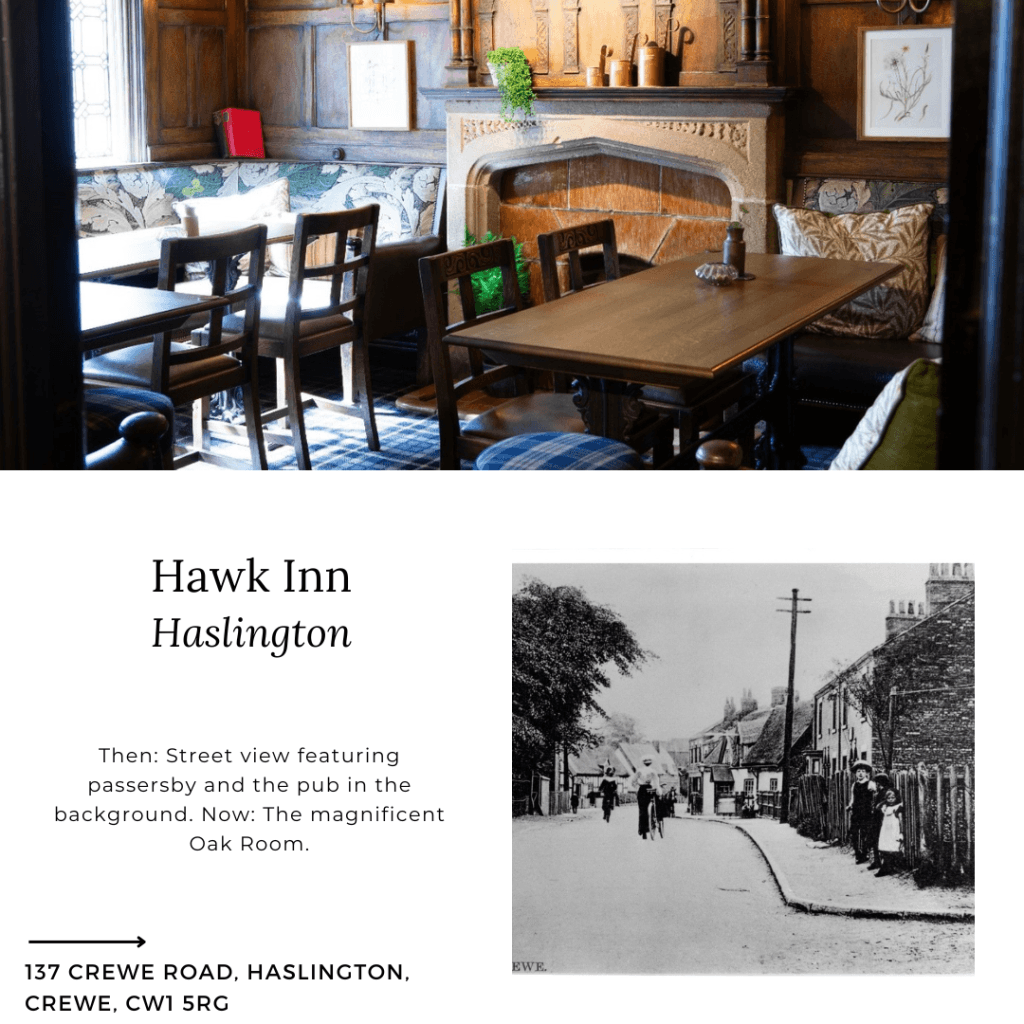
The Hawk Inn dates from the late 17th century and, despite having been altered and refurbished over the years, appears little-altered. The Oak Room at the back of the pub is often considered the highlight, with its wooden paneling and Classical style carving above the fireplace. The history of the pub throughout the centuries can be sensed in this room, with its Tudor style fireplace, the lead tracery on the windows and the later addition of bell pushes for service.
Hole in t’ Wall, Bowness-on-Windermere
Robinson Place, Bowness-on-Windermere, LA23 3DH
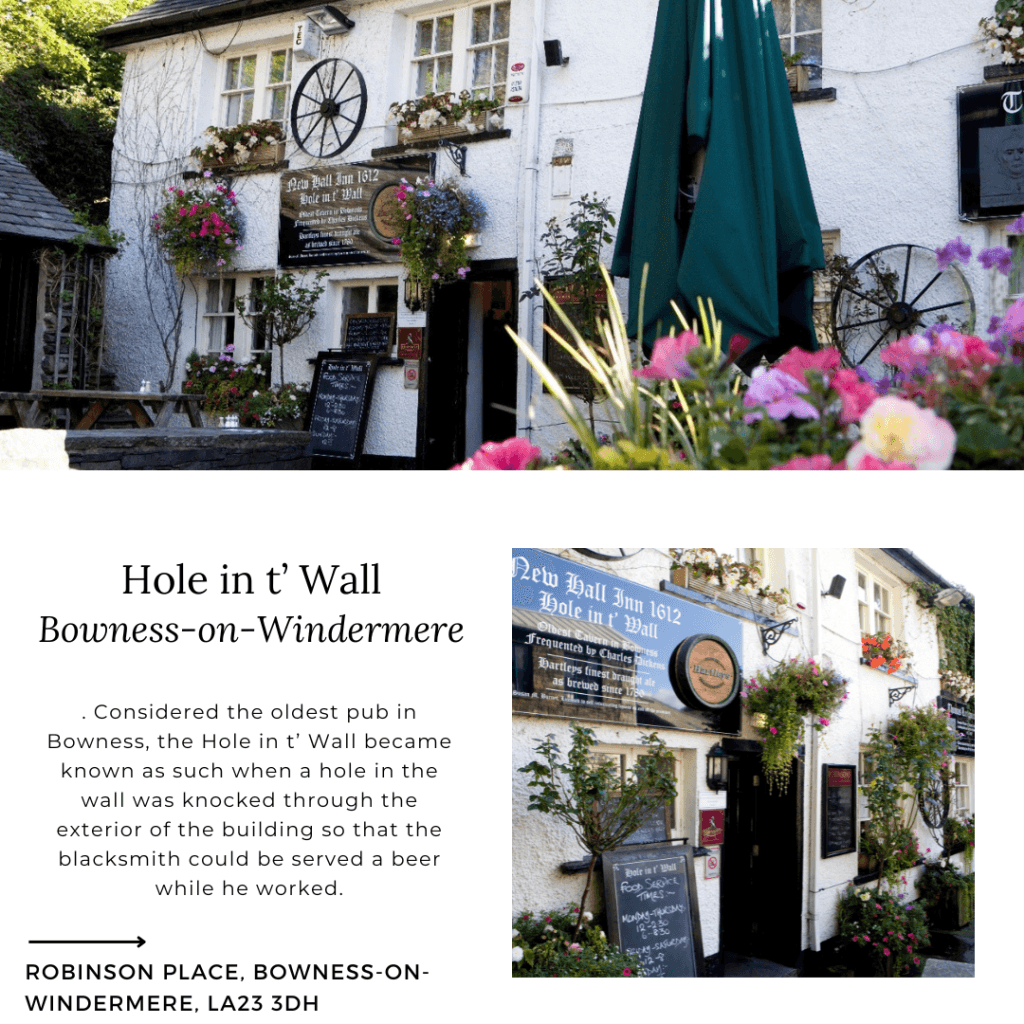
It’s difficult to mention the Hole in t’ Wall without mentioning its incredible history and the various famous characters who have enjoyed its hospitality over the years! Formerly known as the New Hall Inn, this 17th century pub and its attached buildings form an important central part of the village of Bowness-on-Windermere. Considered the oldest pub in Bowness, the Hole in t’ Wall became known as such when a hole in the wall was knocked through the exterior of the building so that the blacksmith could be served a beer while he worked. The pub has been altered little since this period, and low light levels, rough plasterwork and jugs hanging from exposed beams make you feel as if you’ve been transported back to the 17th century. If this sounds like your cup of tea (or pint of ale), then why not pop in and have a drink and follow in the footsteps of former patron Charles Dickens and former landlord, champion wrestler Thomas Longmire!
Plough, Gorton
927 Hyde Road, Gorton, M18 7FB
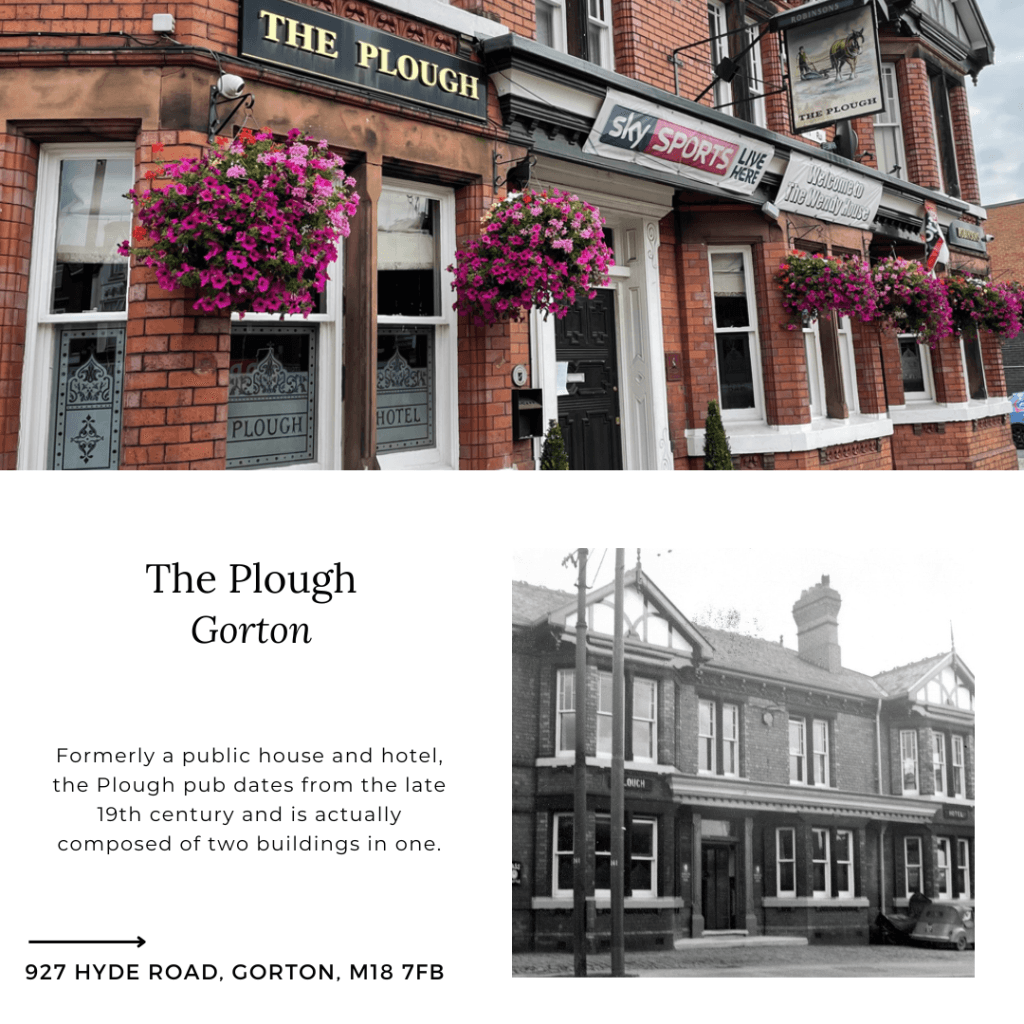
Formerly a public house and hotel, the Plough pub dates from the late 19th century and is actually composed of two buildings in one. The modern pub is on the site of a beerhouse which was present from c1823 and it is supposed that various parts of the site including the cellars and outbuildings are actually part of this original beerhouse. Today, the pub is a community favourite with a friendly welcome set against the backdrop of a decorative wooden bar, interior stained glass windows and historic Robinsons imagery.
Prince Llewelyn, Beddgelert
Stryd Smith, Beddgelert, Caernarfon, Gwynedd, LL55 4UU
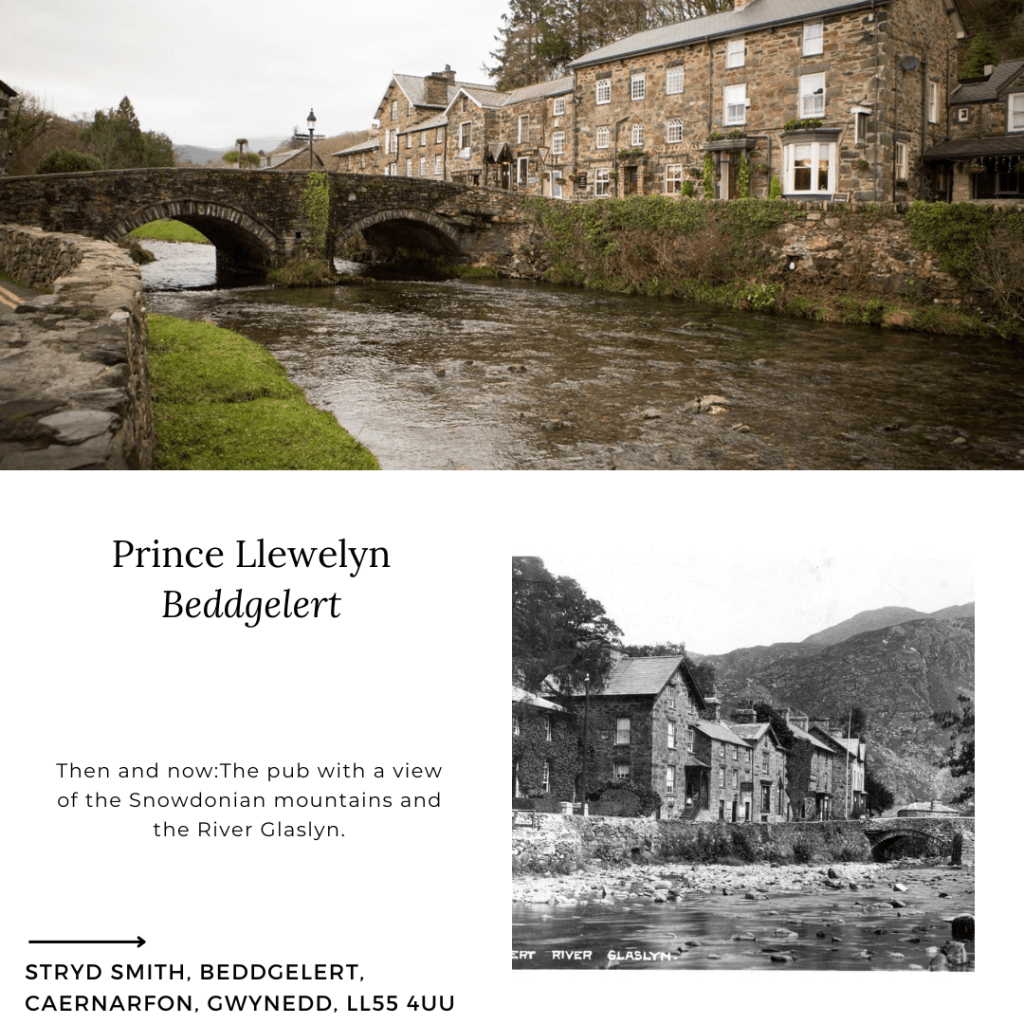
The Prince Llewelyn is situated in the heart of Snowdonia. It was built in the mid-1830s as part of a development to cater for the growing number of tourists beginning to visit the area in the 19th century. In 1945, the pub was acquired by Robinsons and 7 years later it was attributed Grade II listed status. One of the most famous historical events connected with the Prince Llewelyn is the falling of the so-called Beddgelert Meteorite, which went through the roof of the pub in the very early hours of the 21st September 1949. As well as being surrounded by the stunning natural beauty of the Snowdonian mountains, the village of Beddgelert is steeped in myth – notably the legend of Gelert and Gelert’s Grave from which the village is said to take its name.
Wynnstay Arms, Ruabon
High Street, Ruabon, Wrexham, Clywd, LL14 6BL
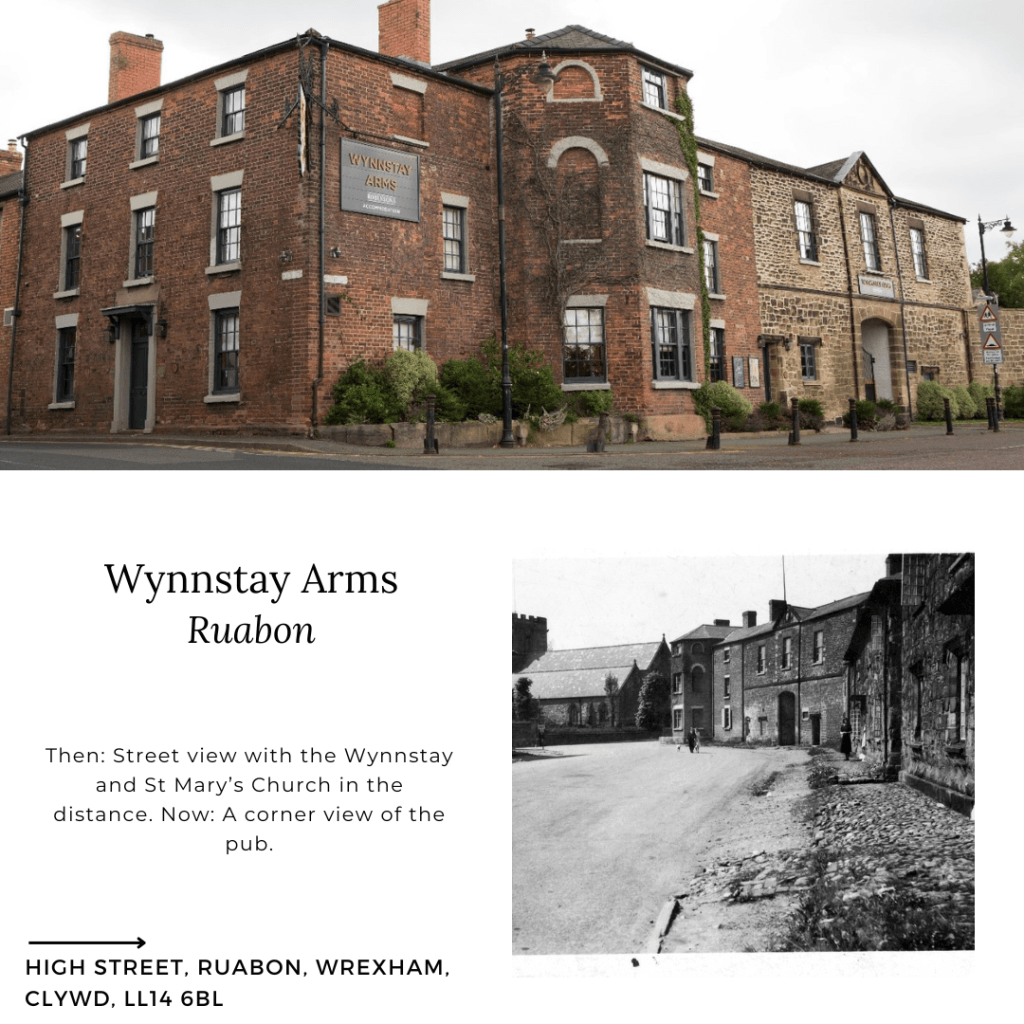
The Wynnstay Arms is situated at the gateway to North Wales, near to the Pontcysyllte Acqueduct which was designated a World Heritage Site in 2009. The pub itself was built in the 18th century and was formerly a coaching inn. It was enlarged in 1841 but retained the 18th century stable block which still stands today. Most famously, the Football Association of Wales held meetings in the pub and it is believed that the name and constitution of the football club were established at the pub in 1876. The pub also held meetings of the Association for Prosecution of Felons as well as chess matches with renowned chess player Joseph Blackburne towards the end of the 19th century. The pub is still a hub for the local community, but today it is perhaps more well known for its peaceful rooms and its great pub menu!
The Arden Arms
23 Millgate, Stockport, SK1 2LX
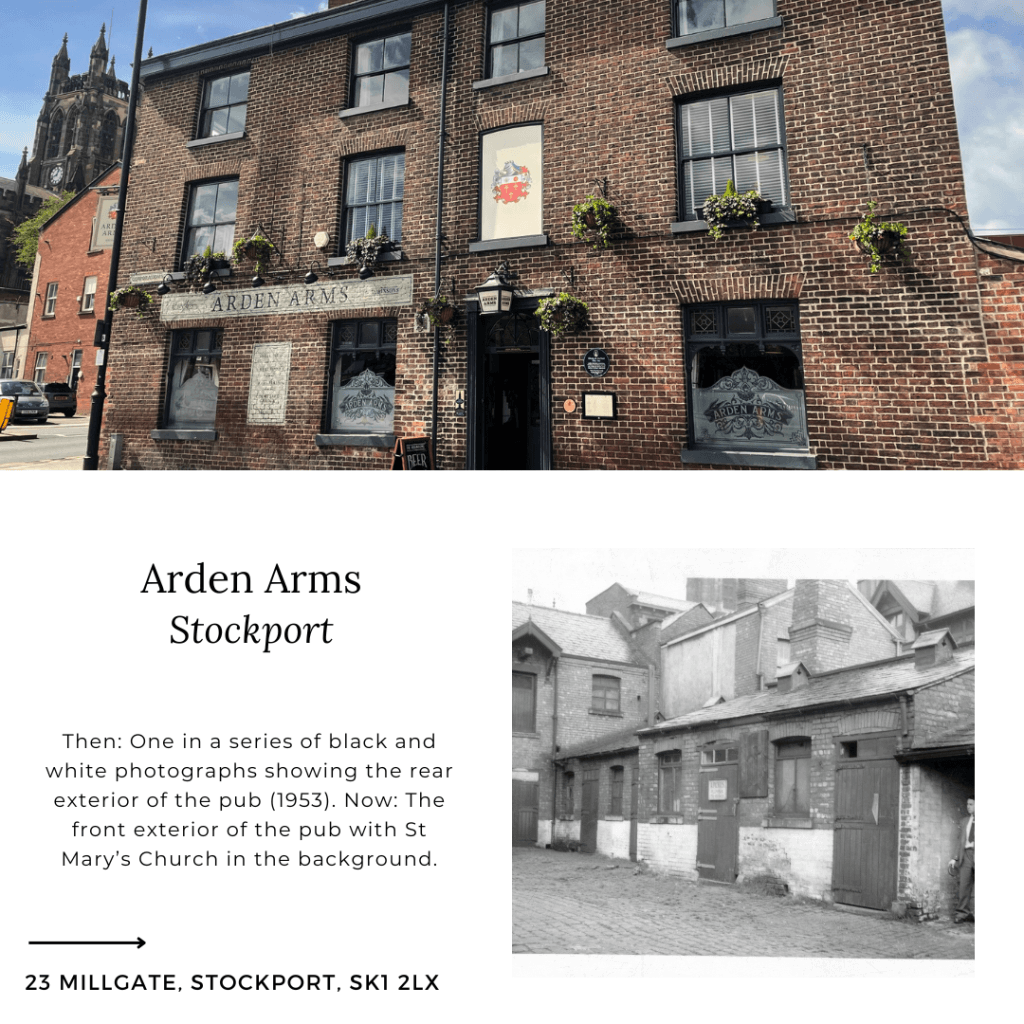
Built c1815, the Arden Arms was first owned by a George Raffald, who was the nephew of Elizabeth Raffald, author of The Experienced Housekeeper and Manchester’s first trade directory. The pub was acquired by Robinsons in 1890 and is noted for its period interior featuring a wooden panelled bar and quarry tile floor. Today it is known for its cosy atmosphere, fine ales and home-cooked food, and a sunny beer garden situated in the old stables area.


